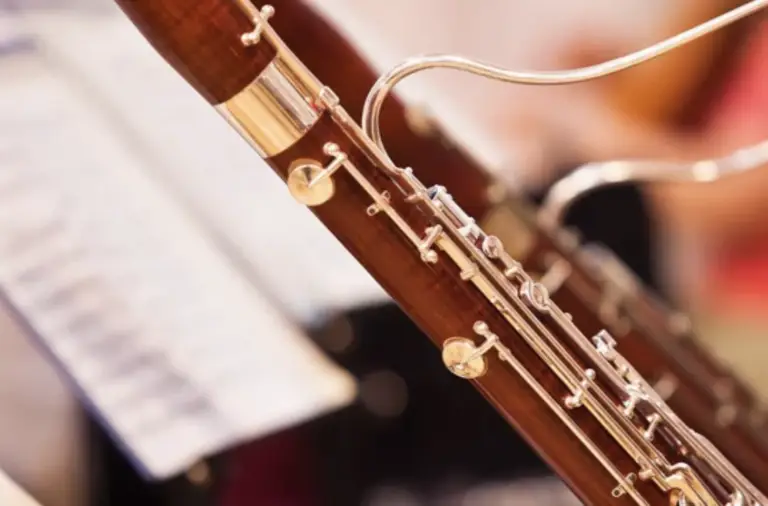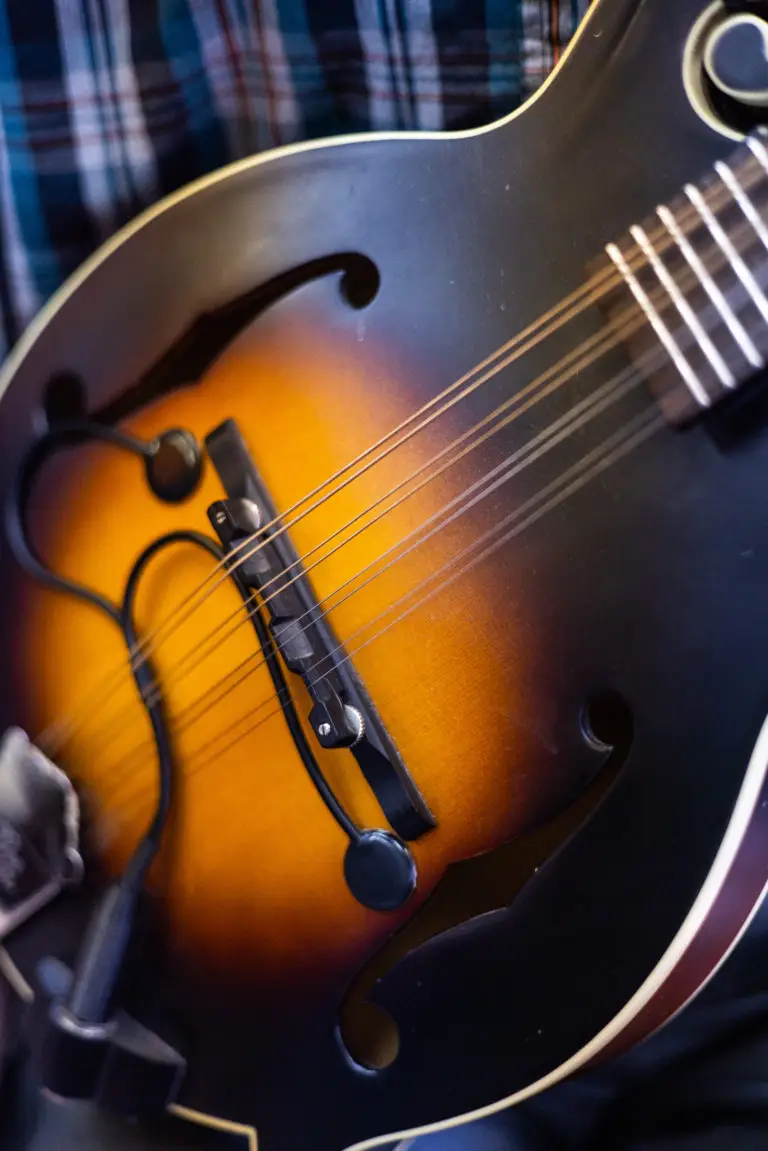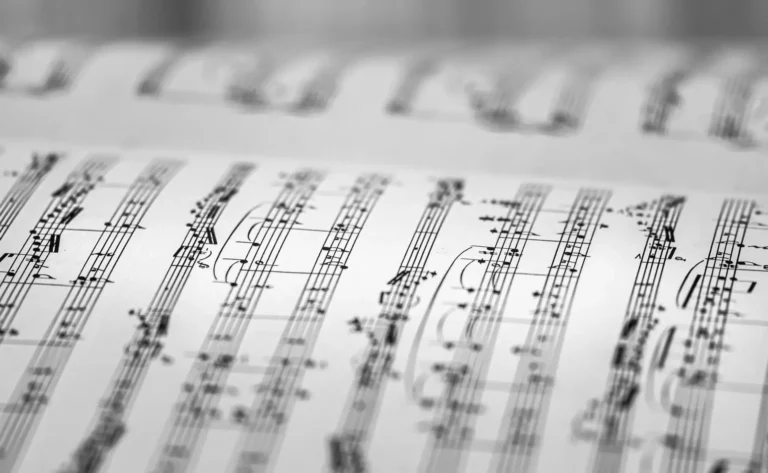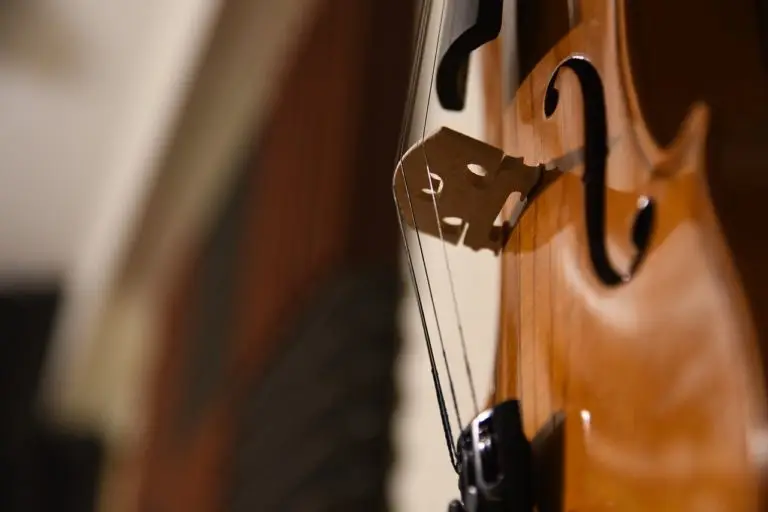Music Lessons
We offer year round private one-on-one instruction for all ages and instruments (recommended 4+ yrs old). Our instructors tailor curriculum based off of each students’ specific needs and goals. Though classes are focused to the individual student, family members are welcome to join! Lessons are typically scheduled once per week and frequent performance opportunities are held throughout the year. Our studios are open six days a week and lesson times are based on student and instructor availability.
*Call/text us or submit an online inquiry for information on our seasonal group classes!
Piano Accordion, Button Accordion
The accordion, a versatile and iconic musical instrument, has a rich history and a unique place in the world of music. Its origins can be traced back to the early 19th century, with the invention of the hand-held bellows and reed mechanism. The accordion’s design allows for the simultaneous play of melody and harmony, making it a self-contained and expressive instrument. Originally popularized in European folk music, the accordion quickly found its way into various musical genres, including jazz, tango, and even rock and roll.
5-String Banjo, Tenor Banjo
The banjo, a unique and distinctive instrument, holds a special place in the history of American music. With roots tracing back to West Africa, where similar stringed instruments were crafted, the banjo found its way to North America through the transatlantic slave trade. Over time, the banjo underwent various transformations, particularly during the 18th and 19th centuries, as it became an integral part of American folk and traditional music. Characterized by its round body, long neck, and distinctive metal strings, the banjo’s twangy and resonant sound became synonymous with genres such as bluegrass, country, and folk.
Electric Bass, Upright Bass
The upright bass, also known as the double bass or contrabass, is a foundational instrument that occupies a crucial role in various musical genres. With its towering presence and deep, resonant tones, the upright bass provides the essential low-end foundation in orchestras, jazz ensembles, and a wide range of contemporary and traditional music settings. Its origins can be traced back to the 16th century, and it has undergone several design modifications over the centuries, resulting in the modern form we recognize today. The upright bass typically features a tall, slender body, a long neck, and four strings, which are usually tuned in perfect fourths.
Bassoon
The bassoon stands as a pillar of the woodwind family, heralding its presence with a rich, deep timbre that resonates with warmth and complexity. Known for its distinctive sound, which ranges from mellow and lyrical to brassy and bold, the bassoon adds a unique character to orchestral arrangements and chamber music alike. Constructed from long, intricately curved pieces of wood, the instrument challenges the player to master its double reed mouthpiece and complex fingering system, rewarding them with an unparalleled depth of expression and sonic beauty.
Info about Cello | Cello
The cello, a member of the violin family, is a majestic and versatile instrument that holds a cherished place in the world of classical and contemporary music. With its rich and resonant tones, the cello possesses a captivating ability to convey a wide range of emotions. Its origins can be traced back to the 16th century, evolving from earlier string instruments. The cello’s design features a curved body, four strings, and a distinctive endpin, allowing it to be played while seated. Renowned for its warm and sonorous sound, the cello has become an indispensable part of orchestras, chamber ensembles, and solo performances.
Info about Clarinet | Clarinet
The clarinet, a versatile and expressive woodwind instrument, has a rich history and plays a prominent role in various genres of music. Developed in the early 18th century, the clarinet is known for its slender cylindrical shape and single reed mouthpiece. Its distinctive timbre, ranging from warm and mellow to bright and piercing, allows the clarinet to convey a wide range of emotions. With a vast repertoire spanning classical, jazz, folk, and contemporary music, the clarinet has earned its place as a staple in both orchestras and small ensembles.
Drumset, Percussion
The drums, a primal and rhythmic instrument, have been an integral part of human expression for centuries. With roots dating back to ancient civilizations and cultures worldwide, drums have played a crucial role in ceremonies, celebrations, and communication. The basic design of drums consists of a hollow shell, typically made of wood or metal, covered with a stretched membrane or drumhead. The drumhead is struck with hands, sticks, or mallets, producing percussive sounds that form the heartbeat of countless musical traditions.
Info about Flute | Flute
The flute, a delicate and versatile wind instrument, has a history dating back thousands of years, making it one of the oldest known musical instruments. Its origins can be traced to various cultures across the globe, with early versions made from materials like bone and wood. The modern flute, typically constructed from silver, gold, or other metals, is characterized by its slender, cylindrical shape and the absence of a reed. The instrument produces sound when the player blows across the mouthpiece, creating vibrations in the air column inside the flute.
Acoustic Guitar, Electric Guitar
The guitar, a universally beloved and iconic musical instrument, holds a central place in the diverse world of music. Its origins can be traced back centuries, evolving from ancient stringed instruments. The modern guitar, with its familiar six strings and versatile design, has become a symbol of musical expression across genres. The instrument’s popularity surged in the 20th century, particularly with the rise of rock and roll, where legendary figures like Jimi Hendrix and Eric Clapton showcased the guitar’s electrifying potential. From the acoustic beauty of fingerstyle folk to the electrifying riffs of rock and the intricate melodies of classical guitar, this instrument offers a wide spectrum of sonic possibilities.
Info about Mandolin | Mandolin
The mandolin, a small, stringed instrument with a distinctive pear-shaped body and a fretted neck, has a rich history and a unique place in the world of music. It traces its roots back to the lute family and has evolved over the centuries into the instrument we recognize today. With its eight paired strings tuned in unison, the mandolin produces a bright and shimmering sound that is both melodic and percussive. The instrument gained popularity in the 18th and 19th centuries, particularly in Italy, where it became a staple in traditional folk music.
Notation, Harmonic Analysis, Composition
Music theory is the fundamental framework that underlies the creation and understanding of music. It encompasses a set of principles and rules that help musicians analyze, compose, and communicate musical ideas. At its core, music theory provides a systematic approach to organizing and interpreting the elements of music, including pitch, rhythm, harmony, and form. Through the study of music theory, musicians gain a deeper appreciation for the structure and logic inherent in compositions, allowing them to enhance their performance skills and engage more fully with the art of music.
Piano, Keyboard
The piano, a majestic and versatile instrument, has long been considered the “king of instruments” due to its expansive range and expressive capabilities. Invented in the early 18th century, the piano has evolved into one of the most widely used and beloved instruments in classical, jazz, pop, and many other genres. Its unique mechanism involves hammers striking strings when keys are pressed, allowing for dynamic control over volume and tone. With its broad tonal palette, the piano can convey a wide range of emotions, from the delicate and melodic to the powerful and dramatic.
Soprano, Alto, Tenor
The saxophone, a singularly expressive and versatile woodwind instrument, was invented by Adolphe Sax in the mid-19th century. Initially designed to bridge the gap between brass and woodwind instruments, the saxophone’s unique tonal qualities and wide range quickly earned it a prominent place in various musical genres. With its brass body, conical shape, and single reed mouthpiece, the saxophone produces a rich, resonant sound that is capable of conveying a wide spectrum of emotions. From the sultry tones of the tenor saxophone in jazz to the energetic and piercing notes of the alto saxophone in classical and contemporary music, the saxophone has become synonymous with musical expression.
Info about Trombone | Trombone
The trombone, a powerful and resonant brass instrument, plays a distinctive role in the world of music. With its elongated shape, slide mechanism, and flared bell, the trombone produces a rich, bold sound that spans a wide range of pitches. Its origins can be traced back to the Renaissance period, and over the centuries, it has evolved into a versatile instrument found in various musical genres, from classical and jazz to contemporary and popular music.
Info about Trumpet | Trumpet
The trumpet, a bold and majestic brass instrument, has played a significant role in the history of music for centuries. Known for its brilliant and penetrating sound, the trumpet’s origins can be traced back to ancient civilizations, with various forms appearing in cultures around the world. The modern trumpet, with its distinctive shape and valves for altering pitch, emerged in the 19th century and quickly became a versatile and indispensable instrument in orchestras, jazz bands, and various other musical genres.
Info about Viola | Viola
The viola, a member of the violin family, occupies a distinctive place in the realm of classical music. Positioned between the violin and the cello in terms of size and pitch, the viola contributes a unique timbre to orchestral and chamber music. Its slightly larger body produces a warmer and richer sound compared to the violin, making it an integral part of the symphony orchestra. With its four strings, played with a bow, the viola serves as a bridge between the higher-pitched violins and the lower-register cellos and basses, adding depth and richness to the overall ensemble.
Info about Violin | Violin
The violin, a small yet powerful instrument, has held a central position in the world of music for centuries. Known for its expressive and versatile qualities, the violin plays a pivotal role in classical, folk, and contemporary genres. With its four strings, played with a horsehair bow, the violin’s sound is produced by the friction between the bow and the strings, creating a resonant and emotive timbre. Its compact size and expressive capabilities make it a favored instrument for solo performances, chamber ensembles, and as a leading voice in orchestras.
Info about Voice | Voice
The singing voice, a profoundly human and universal instrument, holds a unique power to convey emotion, tell stories, and connect with audiences on a deep and personal level. Unlike other musical instruments, the human voice is an intrinsic part of our identity, and its nuances reflect our emotions, culture, and individuality. With its ability to produce an infinite range of pitches, tones, and textures, the singing voice is capable of expressing a vast array of emotions, from the tender and intimate to the powerful and triumphant.


















